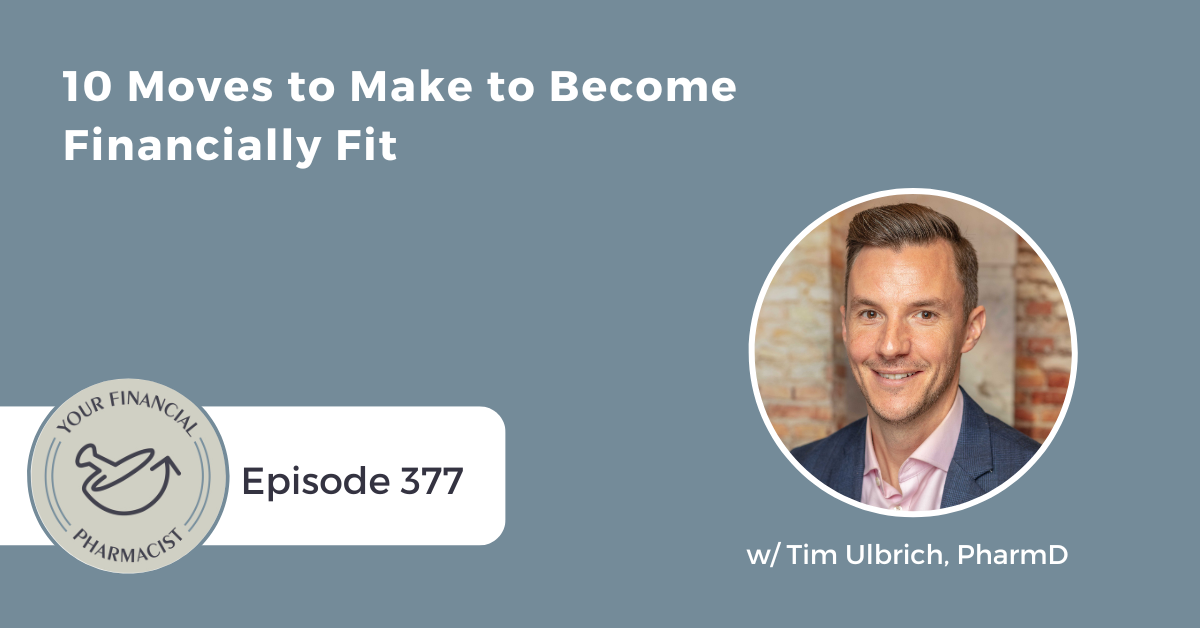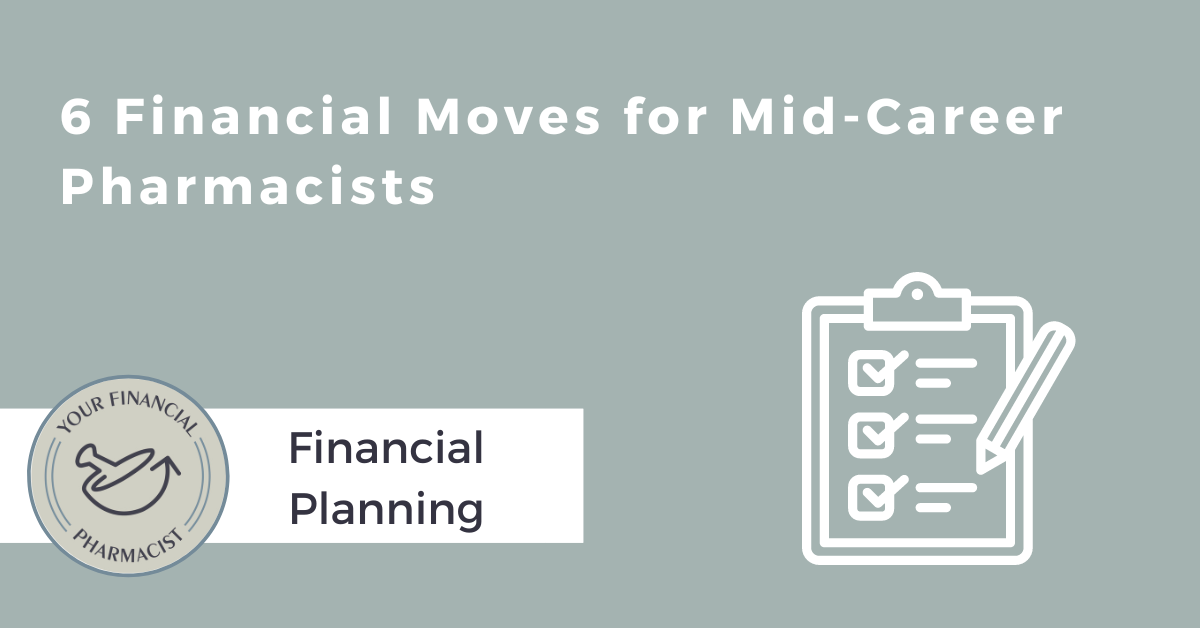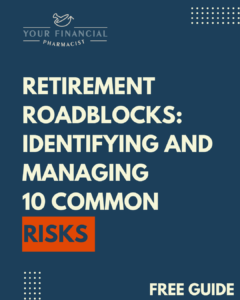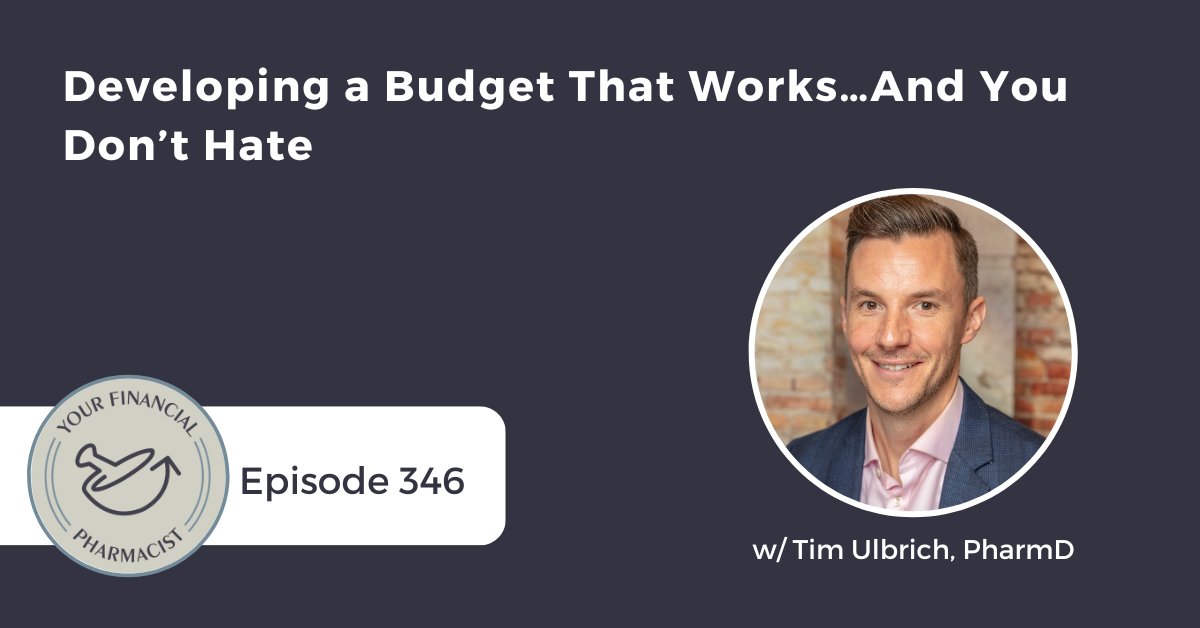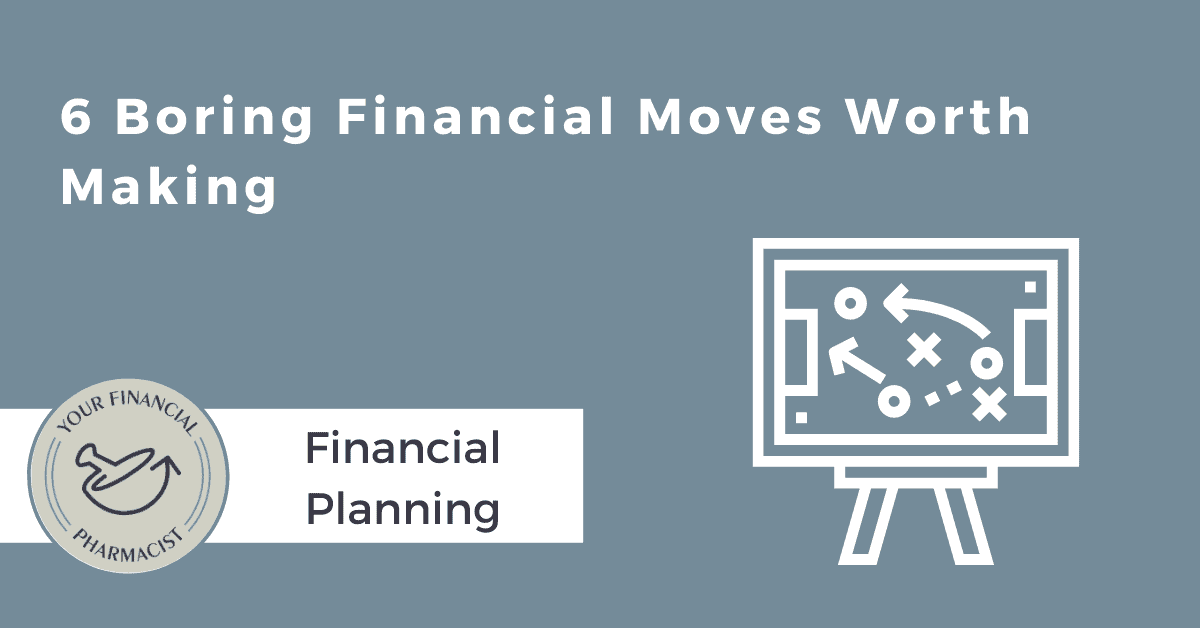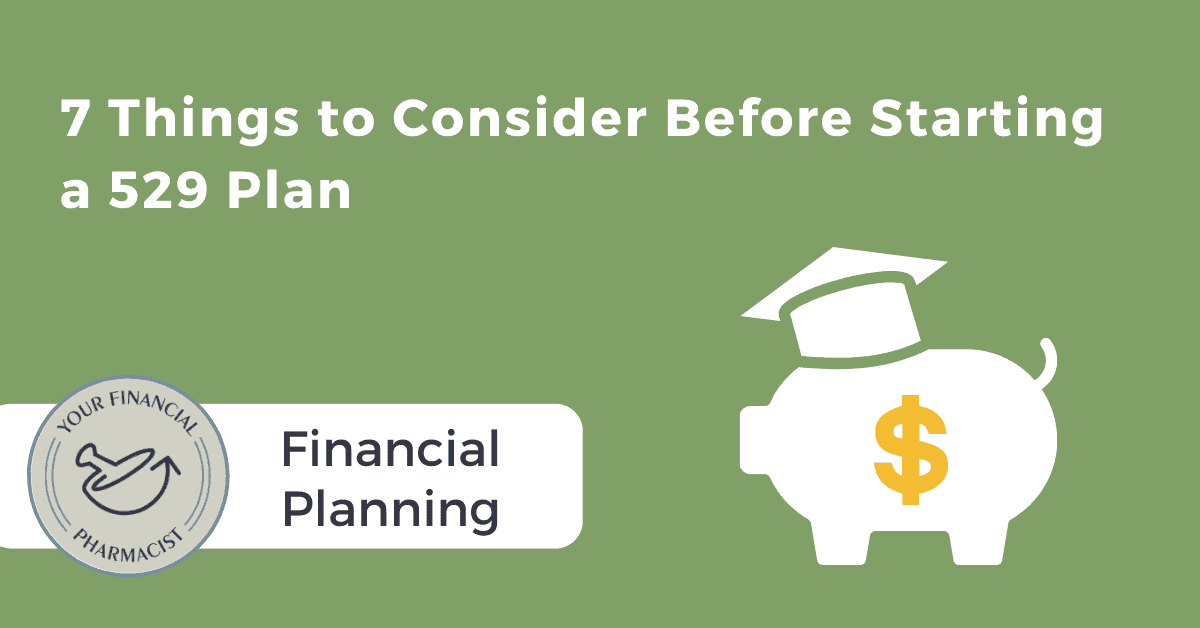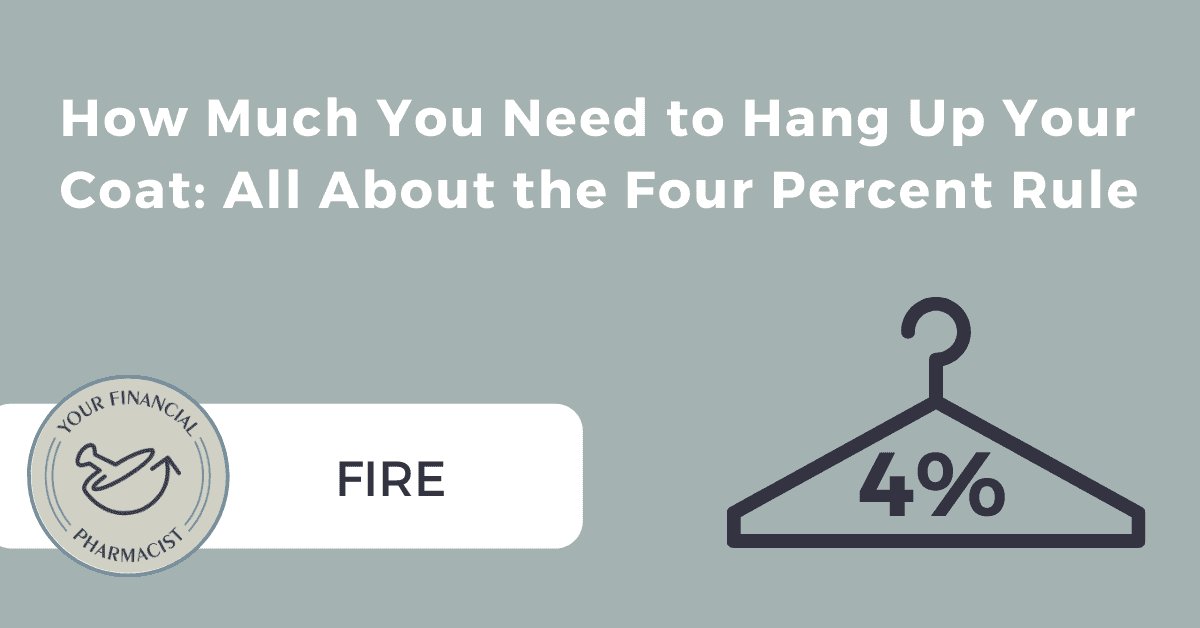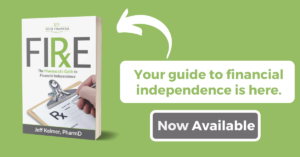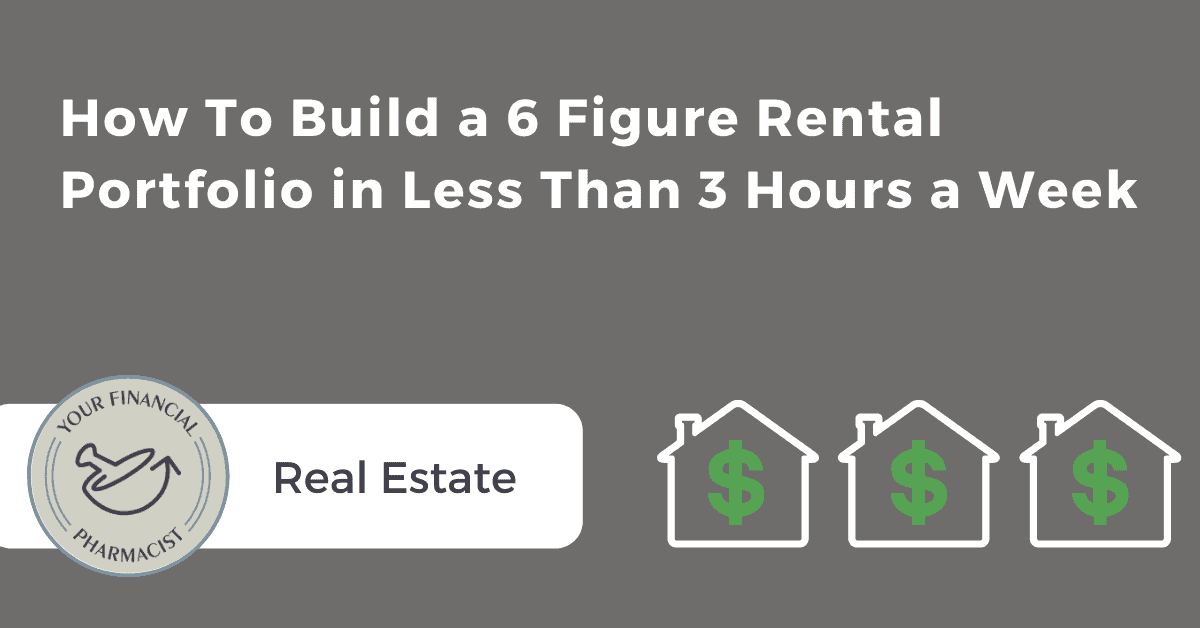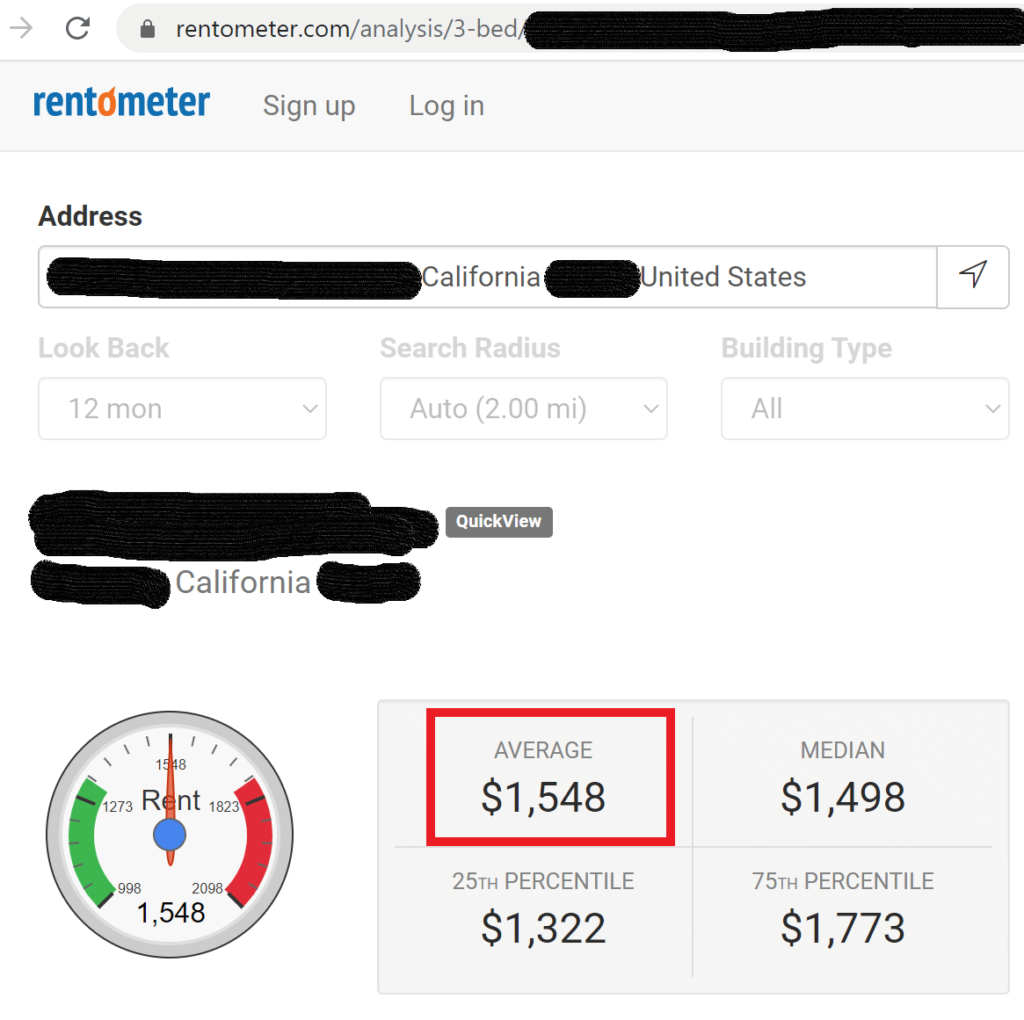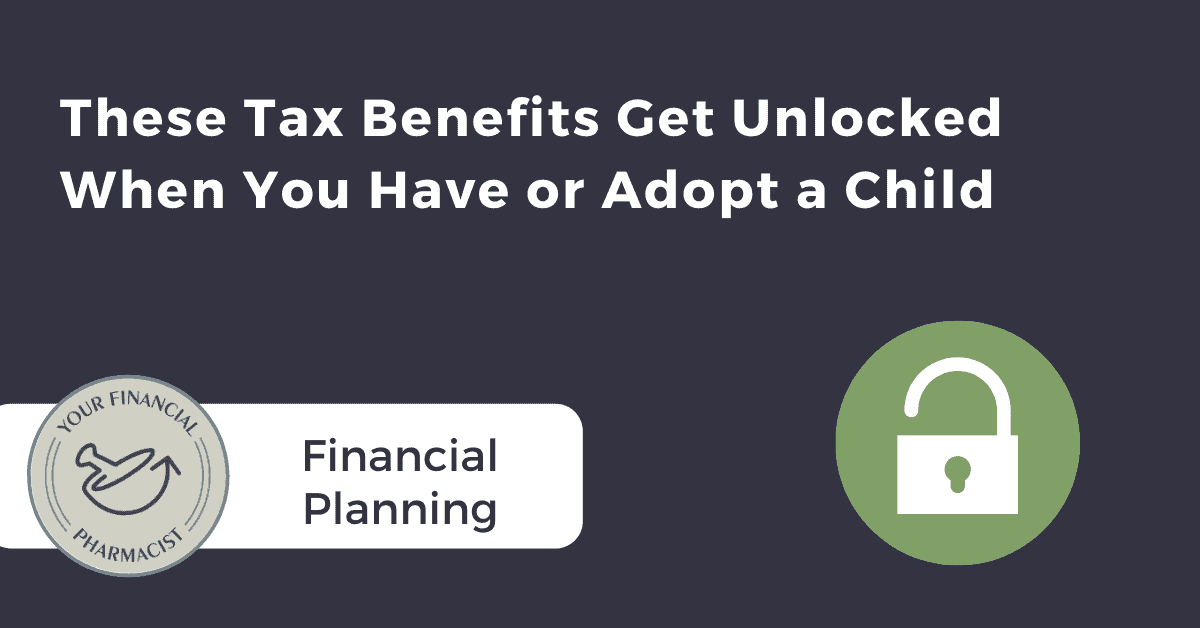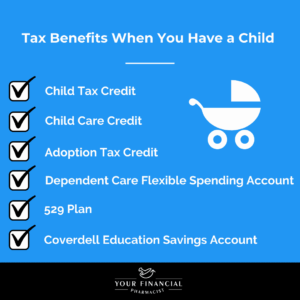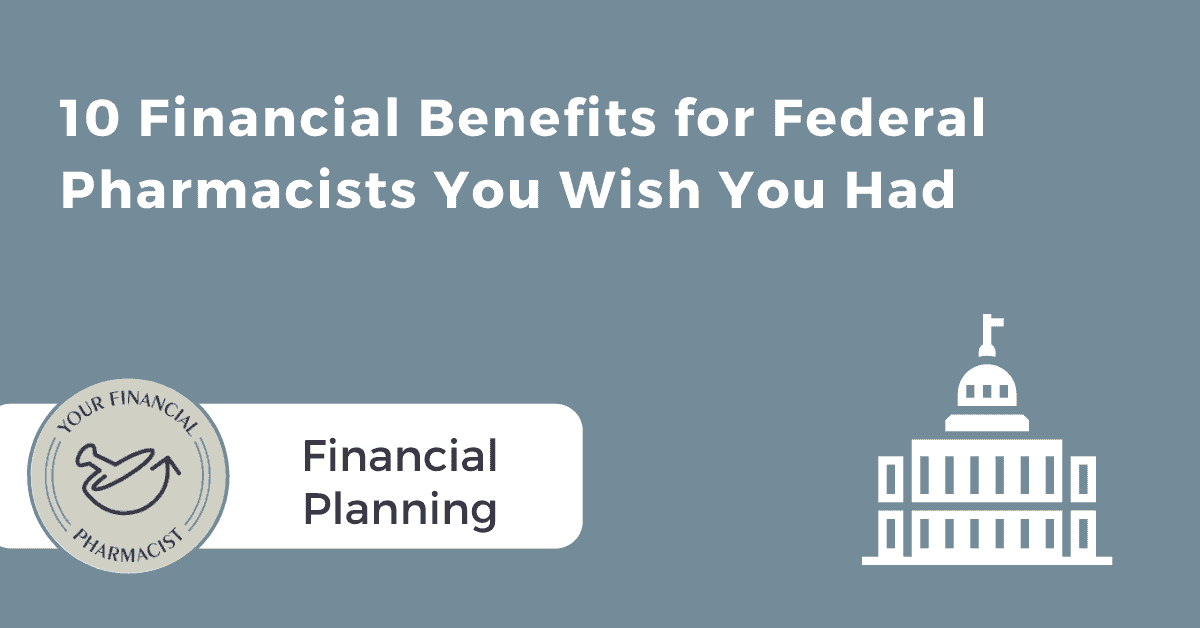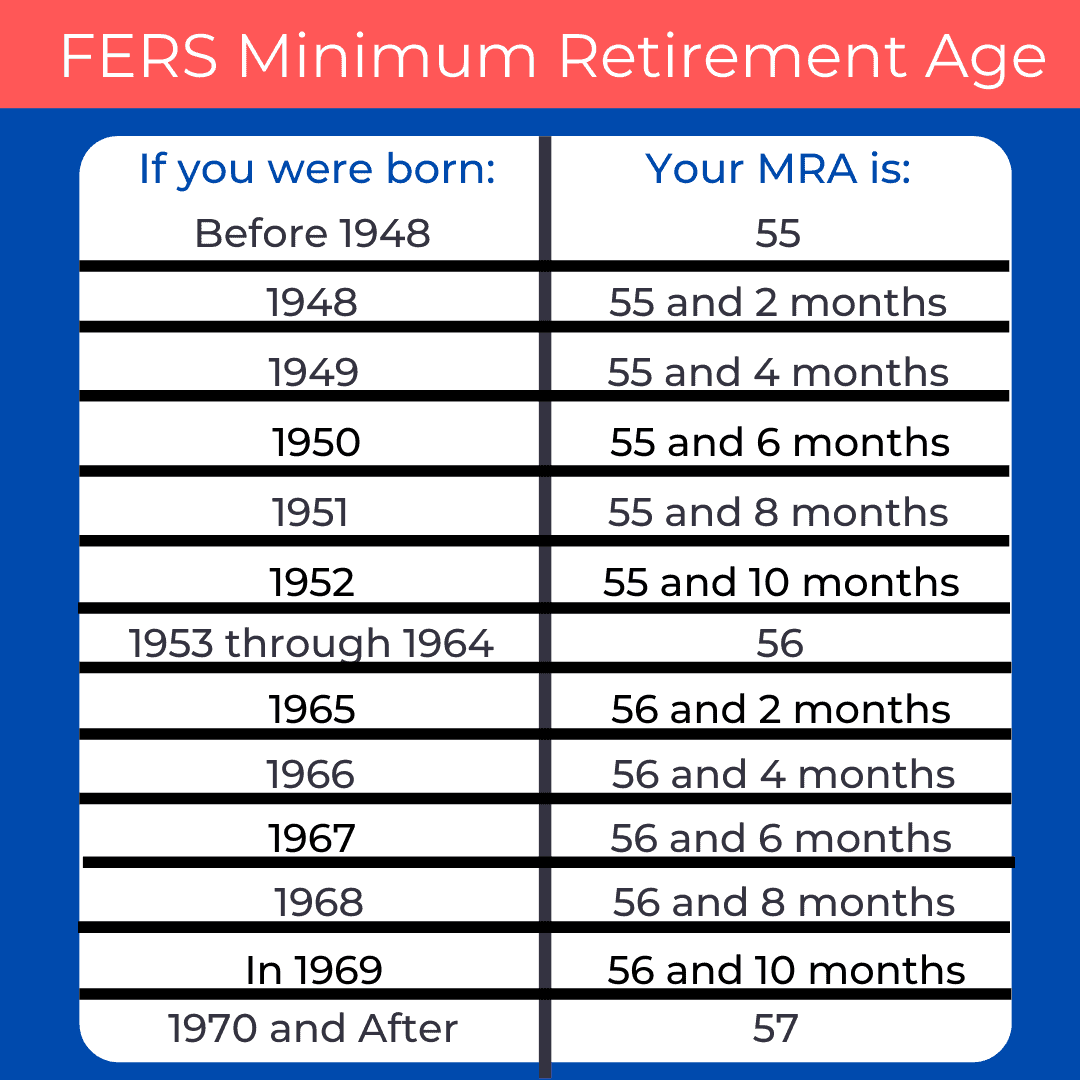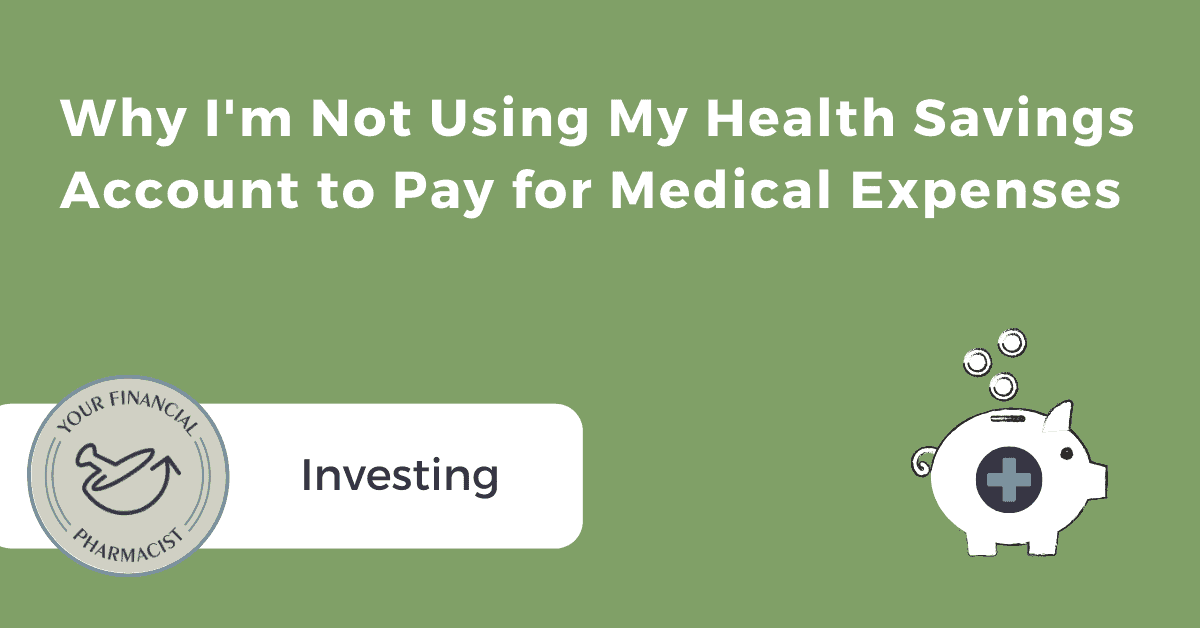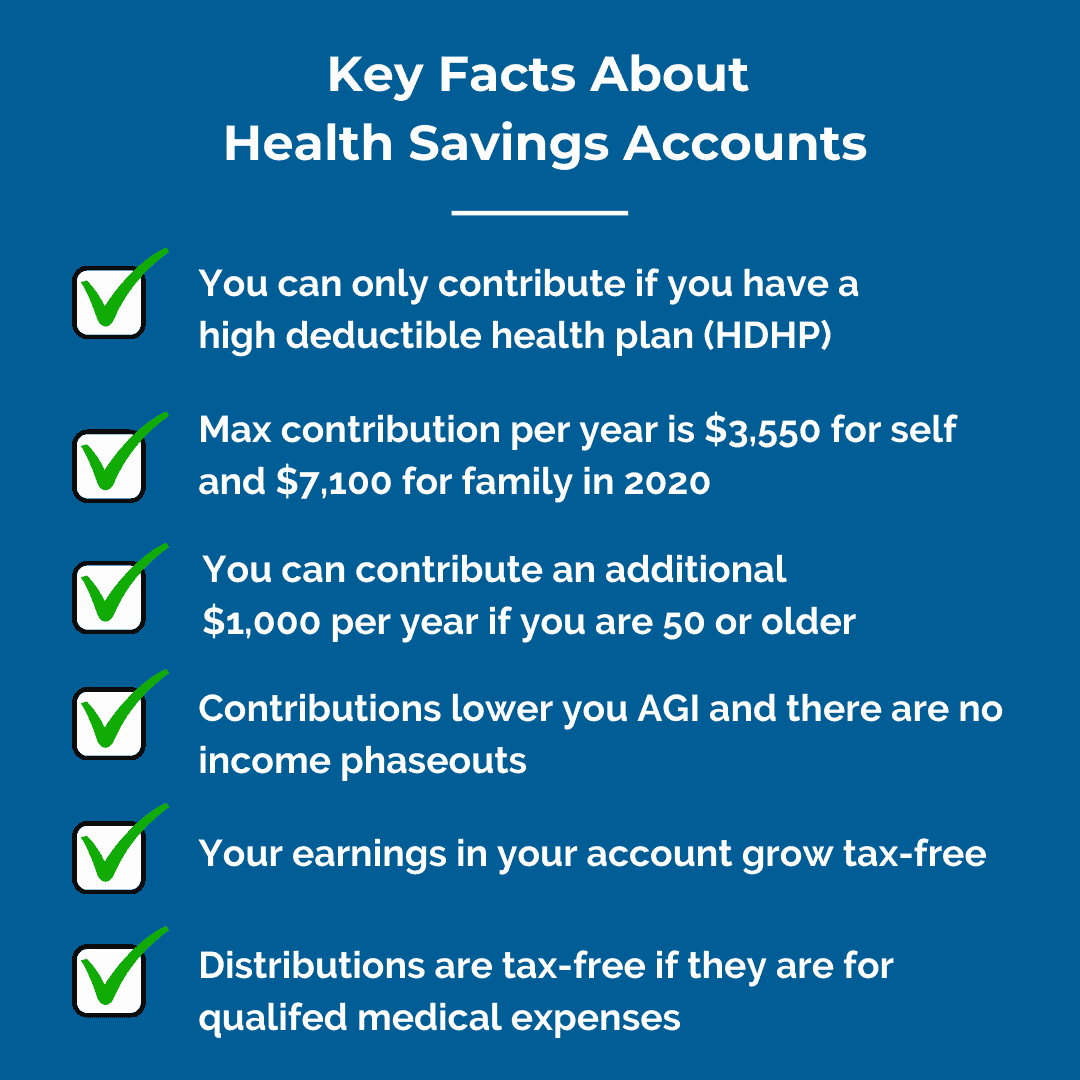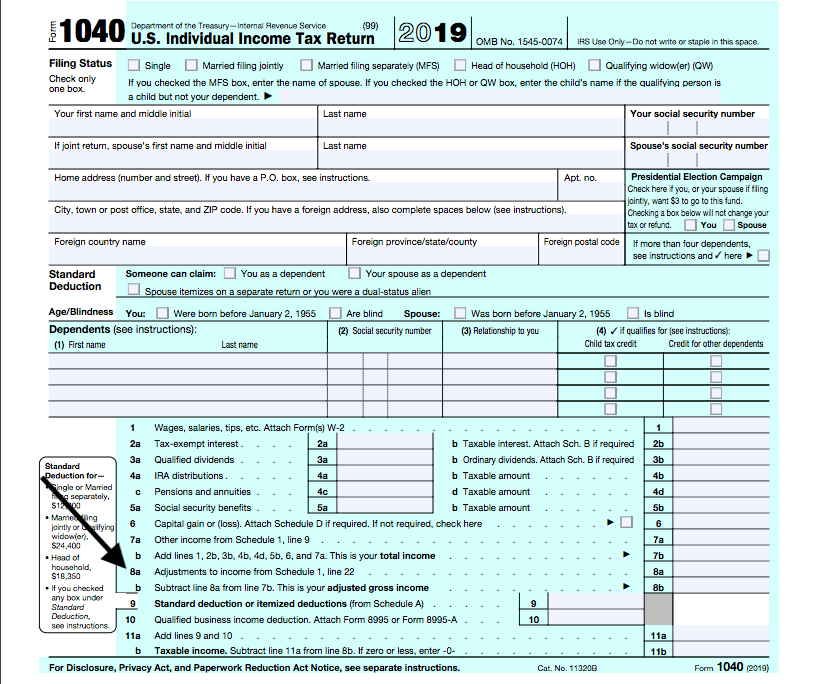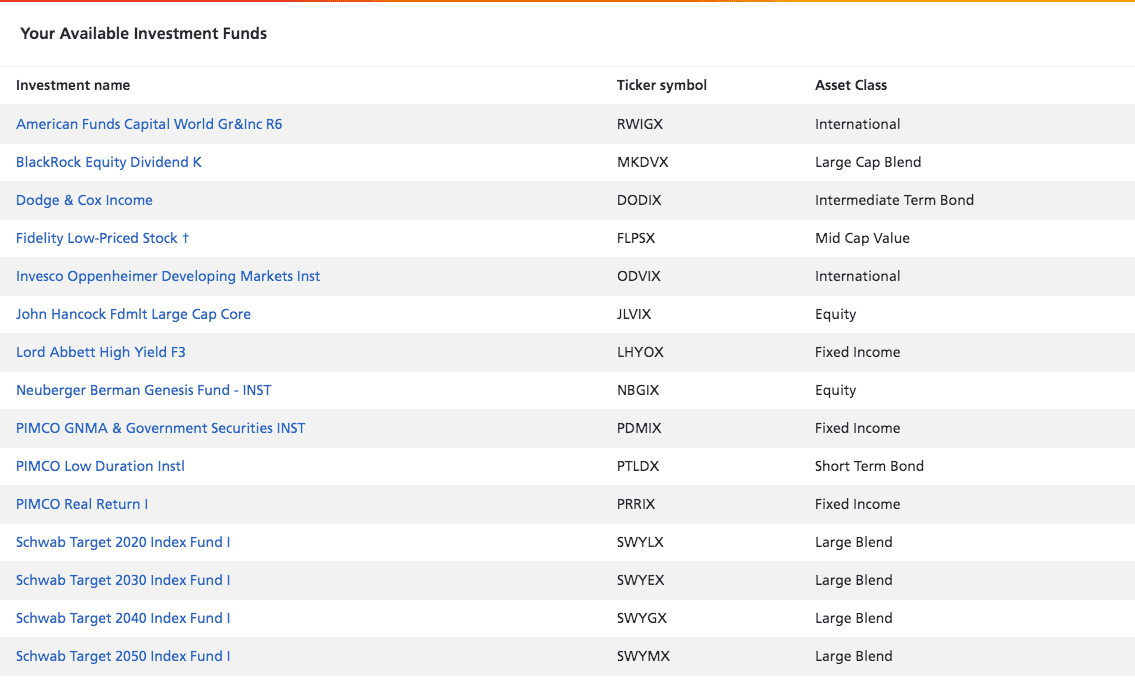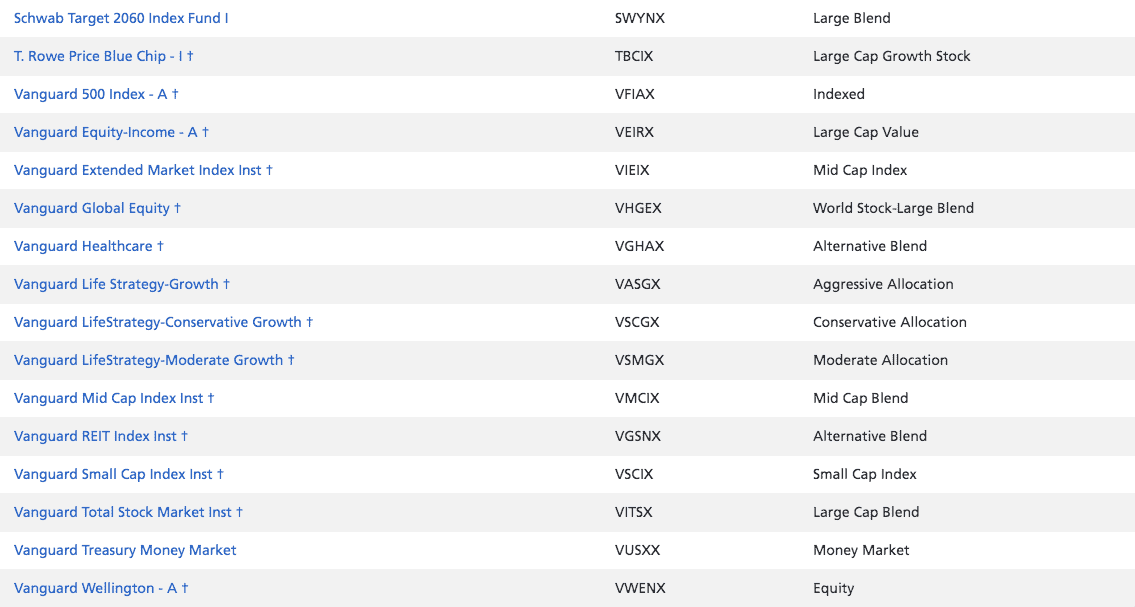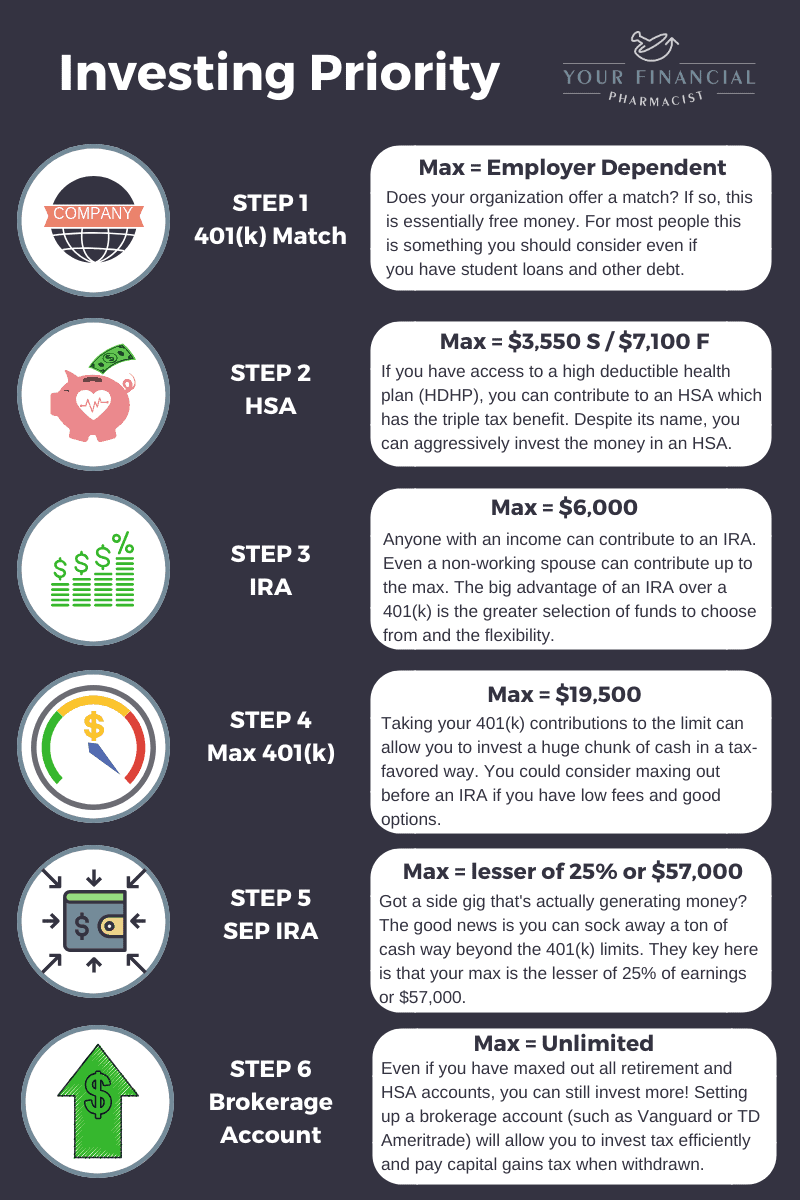Gathering wisdom from his own journey and those of many other pharmacists, Tim Ulbrich, YFP CEO, shares ten moves that are key in building a strong financial foundation.
Episode Summary
YFP CEO and Co-Founder, Tim Ulbrich, distills the lessons learned from his own financial journey and from speaking with thousands of pharmacists about their financial plans into a list of ten moves that are key in building a strong financial foundation.
Whether you’re just getting started and have the opportunity to build a strong foundation from the beginning or you’ve been at it for a while and sense the need to reinforce that foundation, this week’s episode is for you.
About Today’s Guest
Tim Ulbrich is the Co-Founder and CEO of Your Financial Pharmacist. Founded in 2015, YFP is a fee-only financial planning firm and connects with the YFP community of 15,000+ pharmacy professionals via the Your Financial Pharmacist Podcast podcast, blog, website resources and speaking engagements. To date, YFP has partnered with 75+ organizations to provide personal finance education.
Tim received his Doctor of Pharmacy degree from Ohio Northern University and completed postgraduate residency training at The Ohio State University. He spent 9 years on faculty at Northeast Ohio Medical University prior to joining Ohio State University College of Pharmacy in 2019 as Clinical Professor and Director of the Master’s in Health-System Pharmacy Administration Program.
Tim is the host of the Your Financial Pharmacist Podcast which has more than 1 million downloads. Tim is also the co-author of Seven Figure Pharmacist: How to Maximize Your Income, Eliminate Debt and Create Wealth. Tim has presented to over 200 pharmacy associations, colleges, and groups on various personal finance topics including debt management, investing, retirement planning, and financial well-being.
Key Points from the Episode
- Financial Moves to Build a Strong Foundation [0:00]
- Commitment to Living Off Less Than You Make [4:05]
- Building an Emergency Fund [5:59]
- Developing a Plan to Eliminate High-Interest Debt [10:17]
- Determining the Best Student Loan Repayment Strategy [12:07]
- Tracking Net Worth and Understanding Insurance Needs [14:53]
- Starting to Invest Early and Often [19:03]
- Refusing to Accept a Fixed Income [20:04]
- Implementing Systems and Automation [21:30]
- Conclusion and Encouragement [24:51]
Episode Highlights
“As I truly believe everything else we talk about, right the X’s and O’s, whether it’s investing, insurance, debt repayment, tax planning, whatever it may be, all that stems from understanding and improving our own financial IQ.” – Tim Ulbrich [4:07]
“Life happens, and you want to be prepared. I want to be prepared so that those bumps don’t derail momentum and progress in other areas. The last thing we want is that we feel like we’re finally making progress towards building wealth, saving, investing for the future, achieving the goals that we’ve desired to achieve, and all of a sudden, we haven’t prepared for an emergency, and something sets us backwards and disrupts that momentum.” – Tim Ulbrich [5:00]
“Your six figure income – it’s a great tool, but it is not a financial plan. Without a vision and a plan, that good income is only going to go so far.” – Tim Ulbrich [27:51]
Links Mentioned in Today’s Episode
- YFP Financial Fitness Test
- YFP Podcast 376: From Student Debt to Financial Freedom: How Brandon Paid Off $160k
- YFP Podcast 375: Breaking New Ground: Emmanuel Ayanjoke’s Vision for Altev Community Pharmacy
- YFP Podcast 365:Millionaire Theme Hour: From $0 to 7 Figure Pharmacist
- Rich Dad Poor Dad by Robert Kiyosaki
- I Will Teach You to Be Rich by Ramit Sethi
- The Millionaire Next Door by Tom Stanley
- Money Master the Game by Tony Robbins
- Seven Figure Pharmacist by Tim Church & Tim Ulbrich
- Studentaid.gov
- YFP Toolbox
- YFP Life Insurance for Pharmacists: The Ultimate Guide
- YFP Disability Insurance for Pharmacists: The Ultimate Guide
- The Go-Giver by Bob Burg
- YFP Book a Discovery Call
- YFP Disclaimer
- Subscribe to the YFP Newsletter
- Tim Ulbrich on LinkedIn
- YFP on Instagram
- YFP Facebook Group
Episode Transcript
Tim Ulbrich 00:00
Hey everybody. Tim Ulbrich here and thank you for listening to the YFP Podcast, where each week, we strive to inspire and encourage you on your path towards achieving financial freedom. This week, I’m flying solo with an episode that is short and to the point. One that distills a lot of learning from my own journey and from speaking with 1000s of pharmacists about their financial plans. I’ve taken those experiences and narrowed it down to a list of 10 financial moves that are key in building a strong financial foundation. Think of these as the prerequisites to building wealth and living your rich life. So whether you’re just getting started and have the opportunity to build a strong financial foundation from jump street, or perhaps you’ve been at it for a while, and sense the need to reinforce that foundation, this week’s episode is for you. And if you’re looking to identify areas within your own financial plan that could use some love and attention, we’ve got a great free resource for you. We created a five minute financial fitness test so that you can learn about the areas of your financial plan that you may need to work on, where you’re doing well, and resources that can help along the way. So head on over to yourfinancialpharmacist.com/fitness and see how your financial health is tracking. Again, that’s yourfinancialpharmacist.com/fitness will also provide the link in the show notes.
Tim Ulbrich 01:25
All right, let’s jump right into our list of 10 moves to make to become financially fit. Number one on our list is be a sponge. Be a sponge. This is intentionally number one on the list as a consistent commitment to learning, I believe, is going to yield the greatest return on your investment. The earlier you learn, the higher the return on investment of your time. At most, some pharmacy schools offer a personal finance elective but the vast majority have little to no personal finance that’s embedded in the curriculum, whether that’s at the graduate or the undergraduate or even the K through 12, although we see that expanding more recently. While you don’t need a master’s degree in finance to be successful with your money, you should have the basic knowledge that helps you make good decisions and develop good habits. Read books, listen to podcasts, watch YouTube videos, whatever works for you. Some of my favorite personal finance books that have had the most impact on my journey include Rich Dad, Poor Dad by Robert Kiyosaki; I Will Teach You To Be Rich, by Ramit Sethi; The Millionaire Next Door, by Tom Stanley; Money: Master the Game by Tony Robbins; and of course, I’d be remiss if I didn’t mention the book that we wrote, Tim Church and I co authored, Seven Figure Pharmacist. These resources, as well as many other podcasts for me in my own journey, were instrumental to just developing that hunger and habit to learn, recognizing that there’s always an opportunity to grow, right? This is a journey. This is a marathon. This is not a sprint when it comes to long term financial success, and we have to put the work in to make sure that we’re upping our financial IQ over time. So be a sponge. When I think about some of the guests that have been on this show recently, right Brandon Gerleman on last week’s episode 376, that shared his debt free journey paying off about $160,00 of debt. Or Dr. Manny on Episode 375, a new practitioner that has opened up his own community pharmacy, is building his business. Or Mike Beyer from 365 who shared his story, going from a net worth of zero to becoming a Seven Figure Pharmacist. These are just a few of the stories, but one consistent theme and thread that I think of from their journeys is that they really believe there is no arrived. There is no arrive. When it comes to the financial plan, they are hungry to learn, to grow, despite the success that they have, they recognize there’s always an opportunity to learn, to improve and to grow. So that’s number one on our list. As I truly believe everything else we talk about, right the X’s and O’s, whether it’s investing, insurance, debt repayment, tax planning, whatever it may be, all that stems from understanding and improving our own financial IQ.
Tim Ulbrich 04:22
Number two on our list is make a commitment to live off of less than you make. Make a commitment to live off of less than you make. Outside of learning, outside of being a sponge, this is at the top of the list because other goals require cash flow. It’s that simple, right? If we want to pay off debt, if we want to save and invest for the future, if we want to invest in experiences and travel, whatever goals we have, they’re dependent on cash flow. And cash flow comes from living off of less than we make now, easier said than done. Many of you know that firsthand, but until we figure out ways to take off the cap on our income. We’ll talk about that here in a little bit. The cash flow will come from the difference between what you earn and what you spend. The financial plan is this simple and this hard right. Executing, of course, is the hard part. But without cash flow and without a monthly system, we’re going to talk about that here in a little bit as well. We’re going to find ourselves spinning our wheels financially long term, right? We want to implement a system that from the breathing room and the cash flow that we create, we’re able to fund our goals each and every month, and know that we have a process in place for those goals, the dreams that we have to become a reality. So that’s number two on our list. Make a commitment to live off of less than you make.
Tim Ulbrich 05:48
Number three, you’ve heard me say it many times on the show before, build an emergency fund. This is not just about the dollars in the account. It’s about the breathing room that this creates in your financial plan, getting out of the day to day, month to month, year to year, mindset, and ensuring that we can have the peace of mind. So if you haven’t already done this, open up a high yield savings account or money market account that is separate – keywords – separate from your checking account, and label it as your emergency fund. One of these, my partner, Tim Baker, often says is, hey, if you’re doing the mental accounting, do the actual accounting. What does he mean by that? He means that if we’re looking at our funds, let’s say you’ve got 20, 30, $40,000 that’s sitting in a high yield savings account, or perhaps in a checking account. Hopefully not the case. But if we know that, hey, about five or 10 of that is for an emergency fund. About five or 10 of that is for an upcoming trip, about 10 of that is for a future roof replacement in the home, right? That’s the mental accounting. So if we’re doing that, let’s create the buckets here. We’re talking an emergency fund, label it and do the actual counting of putting it in a fund that is earmarked specifically for the emergency fund. Now we’re going to want to work towards saving three to six months of essential expenses. That’s our goal. That’s our target, general rule of thumb. But don’t let that number overwhelm you if you’re just getting started, or perhaps you’re doing some cleanup work in other parts of the financial plan, because here’s the reality, if you’ve never had an unexpected car or medical expense or another emergency, it’s only a matter of time. Life happens, and you want to be prepared. I want to be prepared so that those bumps don’t derail momentum and progress in other areas. he last thing we want is that we feel like we’re finally making progress towards building wealth, saving, investing for the future, achieving the goals that we’ve desired to achieve, and all of a sudden, we haven’t prepared for an emergency, and something sets us backwards and disrupts that momentum. Now here are five questions that I think you need to answer for your emergency fund, just to get you started and hopefully to get you on track. Number one is adequately funded. We talked about that general rule of thumb, three to six months of essential expenses, not all expenses, essential expenses. So what does that mean? Housing, food, transportation, clothing, minimum debt payments, things that you would continue to fund, even in the event of a short term job loss or emergency add those up. Multiply them by three to six. That’s a general target we’re shooting for with an emergency fund. So that’s question. One, is it adequately funded? Number two, a problem, but a good problem to have is, do you have too much saved in an emergency fund? I’ve talked with several pharmacists that have done a great job saving, but big numbers in an emergency fund, and ideally, we would put these funds, probably elsewhere, to use in the financial plan now, right now, because of where interest rates are at, it’s not a terrible option to have money sitting in an account earning four to 5% in high yield savings account. But if we have other high interest rate debt, or we’re looking to build up our long term investing or savings, there is an opportunity costs that can come from having too much saved in an emergency fund. So that’s question two. Number three, are you optimizing your emergency fund? So what I’m talking about here is making sure it’s not sitting in a checking account, that we have it working for us, especially with where interest rates are at right now. Whether that be a high yield savings account or money market account. You know, right now, at the time of this recording, most of those are in the four to 5% range. So are we optimizing that fund. Number four is, does it need a boost? So this is something that we can set it but forget it, and we have to come back and look at this, right? So, you know, especially for those that are earlier in their career, where expenses creep at a rapid rate, right? Perhaps when you when you graduated, maybe you didn’t have a home, or you didn’t have a family, all of a sudden you wake up in 3, 4, 5, years, our expenses have gone up significantly. So we want to visit this, revisit this at least once a year, and maybe at one point you hit that target of three to six months. But do we need to look at it again? And finally, our fifth question here. Is, as I mentioned already, is it separate from our everyday checking account? Right? If we’re doing the mental accounting, let’s do the actual accounting. So that’s number three on our list, build an emergency fund.
Tim Ulbrich 10:11
Number four on our list of 10 moves to make to become financially fit, develop a plan to eliminate any high interest rate revolving credit card debt, or any high interest rate revolving consumer debt. Now, if you don’t have any revolving, high interest rate consumer debt, credit card debt, high interest rate, car loans, etc, great, right? Let’s move on. But if you do, baby steps, baby steps, this, along with the emergency fund, is really a top priority, given the interest rates this debt often demands, right, especially when talking about credit card typically north of 20% we have to plug this hole before we can start playing offense with other parts of the plan. Now, I know that sounds obvious, but I see this mistake commonly made, where because student loan debts there’s there’s an emotional burden there, or because there’s a feeling that I need to catch up and save and invest for the future, we can often get these priorities mixed up, right? So if I have high interest rate credit card debt that’s accruing interest north of 20% but I’m paying down debt at 5% 6% whether that be student loans, or I’m trying to save and invest in various retirement accounts. I may have those out of order, right? So we got to look at that. Now. Last thing I want to say here is, if you have credit card debt, know that you aren’t alone. Okay? We often think that, hey, all my other pharmacist friends have this figured out. They’re making a great income. I’m the only one with credit card debt, I can assure you that is not the case. This is a fairly common struggle that we see, especially with new practitioners. Although others are not immune to this, but there’s a lot of expenses that ramp up in that final year of pharmacy school, or those that transition into residency or fellowship. High cost of living areas. There’s a tendency to accrue some credit card debt at the end of that training program. So know that you’re not alone doesn’t mean or minimize that we have work to be done. Of course we do, but you aren’t alone, and we got to really start to begin to tackle this. So that’s number four, develop a plan to eliminate any high interest rate revolving consumer debt.
Tim Ulbrich 12:15
Number five is we have to get clear on determining what is the best student loan repayment strategy for you. Now, if you’re listening and you have no student loans, you’re further along in your career. Great. Keep moving on, right? But for those that do have student loans, this is often a huge piece of the puzzle that we have to figure out, given the magnitude of it so that we can then plan around it. Because what you’ll notice, if you’re not already aware, especially when it comes to federal student loan repayment, there are a variety of options that can result in either big, big, big monthly payments or much smaller monthly payments, depending on which repayment plan you choose. And so we have to understand what fits into the budget. What is ideal, what is optimal for your situation, so that we can then plan and budget around it. Now, the median debt load for a pharmacy graduate here in 2024 covering right around $160,000 and for many grads, this is one of the most important and overwhelming decisions that they’re going to make. And to be fair, this is way more complicated than it needs to be, both on the federal and the private side. For those of you that have private loans. And to make that worse, this is just a hot mess right now, right. There’s a lot of changes that are going on with student loan repayment, a lot of uncertainty. The Save program has been held up. We don’t know what’s going to happen with that in the future. And by the way, we’re in the midst of a presidential election where student loans are often discussed and used in terms of political jockeying, so there’s a lot of unknown, which means for a lot of borrowers, it’s kind of a wait and see. Right now, it’s a wait and see for many people. So if you’re not already plugged into Studentaid.gov, make sure you get plugged in. We’ll link to that in the show notes so that you can stay up to date. We’ll also try to bring information here on our channels with what’s happening with student federal student loan repayment. But again, given the size, given the magnitude, notice, I didn’t say debt free, and I was intentional there, because for some of you, this is going to be a loan forgiveness pathway. But what I did say is we have to get clear on what our strategy is. We don’t want to be wandering when it comes to how we’re approaching our student loan. So once we can determine what is the optimal repayment strategy, we can then figure out what does that mean for a monthly payment. And then, as I mentioned, we can begin to build around that. So that’s number five, determine your student loan repayment strategy. Number six is, start tracking your net worth. Start tracking your net worth now if you’re early in your journey, especially if you have student loan debt or credit card debt, you’re not going to like this number, right? Because it’s a number that’s going to highlight especially if we have a high amount of debt that hey. We make a good income, but we’re probably not at the point we would like to be in terms of our overall financial health. Net worth is your assets or what you own minus your liabilities or what you owe. And I believe this is a much better indicator of your financial health than is your income, right? Because your income a six figure income. It’s a tool, but it’s not a financial plan, and it’s a tool that we can leverage to grow our net worth by paying down our debts and growing our assets that are hopefully compounding over time, but net worth is really going to shine a light on are we or are we not making progress. And so understanding and respecting this calculation can propel your financial plan. I really think about this as the 20,000 foot view on what’s going on for Jess and I in our own financial plan. So this is something that we’re tracking monthly. Very easy to do. I’ll share with you the template that we use. If you go to your financial pharmacist.com/toolbox. You’ll see a network tracking sheet there. You can save a copy for yourself, edit it. Nothing complicated. You can set up your own sheet as well. It’s a simply a listing of all the accounts that we have, checking savings, retirement accounts, real estate accounts, etc. Add up all the assets, subtract the liabilities. Amount that’s due. That’s our net worth. We’re tracking that over time to make sure that we’re heading in the right direction. If you’re not already doing this, even if you don’t like the number implement a system a recurring task to track your net worth each and every month. That’s number six on our list of 10 moves to make to become financially fed.
Tim Ulbrich 16:36
Number seven is determine what insurance policies you do and do not need and do not need is perhaps equally as important. And while there are a lot of different types of insurance to consider here, I’m talking in specifically about three that I see get overlooked most by many pharmacists: professional liability and having your own professional liability insurance policy independent of your employer. Term life and long term disability. With the latter two, term life, long term disability, we’ve got to be thinking about what coverage we need in addition to what our employer policies are providing, not only to plus those up if they’re not enough, but also we got to remember that those policies aren’t going with us when we transition jobs, right and so as time goes on, as we get older, these policies typically become more expensive. So if we can lock these in in terms of our own independent Term Life policies, long term disability policies, while we’re younger and we can get the coverage we need, that’s probably going to be the best action that we can take. Now, when it comes to long term disability, you put a lot of time, energy and effort to be able to become a pharmacist and make a good income, and that’s why it’s so important to protect it. Disability Insurance for pharmacists is really income insurance. It’s addressing what would you do and the event that you’re unable to work as a pharmacist, right on the term life insurance side, what we’re trying to do there is especially if we have dependents or someone else that relies upon our income, in the event that you were to prematurely pass away, and that income is needed. What is that term life insurance policy going to produce? What expenses is it going to cover both short and long term now, we’ve got more information and resources on all of this. You can check those out at our website, yourfinancialpharmacist.com, I’ll link to a couple resources we have specifically on term life and long term disability in the show notes; guides that we’ve written specifically for pharmacists, what you do need, what you don’t need. Make sure to check those out. That’s number seven on our list. Determine what insurance policies you do and do not need.
Tim Ulbrich 18:54
Number eight is we have to start investing as early as we possibly can. Now I know we’ve all been told this, but again, as with many of these items easier said than done, because when you’re flooded with things like student loans and other debt, it can be hard to balance prioritizing investing, and it’s easy to fall into the trap and perhaps feel that you can put off retirement savings for a few years, but the reality is that you want to take advantage of compound interest, time, value of money, and the earlier you start contributing, the better. And your investing strategy, it’s going to evolve over time. It’s going to get more complicated. But don’t succumb to inaction, because you’re overwhelmed with all the options. Start typically, what we’re focused on is starting with the employer match to a, 401K or 403B, 401 k, for those that you work work for a for profit, 403B for those that you work for a non profit, assuming that you’re there long enough to be vested, that’s a key factor we have to look at. And then we’re going to build from there, right? We’re going to look at things like IRAs Traditional and Roth IRAs, typically. Roth IRAs for pharmacists. HSAs health savings account and other investment vehicles along the way as well. We have talked extensively on the show about various investing strategies, long term retirement plan strategies, so make sure to check out those episodes for more information.
Tim Ulbrich 20:17
Number nine on our list of 10 moves to make to become financially fit is refuse to accept your income is fixed. Now, common misperception I see among many pharmacists is that there is a ceiling on their income, and that mindset can lead to stagnation. Stagnation. It can lead to career dissatisfaction, and it can really limit on what is possible. So whether it’s pursuing additional opportunities within your organization, or perhaps for some of you, it’s starting a side hustle or business or investing in real estate, these are just a few of the many examples of how pharmacists are taking the ceiling off of their income potential. Bob Berg, the author of the Go Giver, said that your income is determined by how many people you serve and how well you serve them. I believe that to be true, whether it’s people that start their own business, whether that’s people that get started in real estate and develop great collaborations and partnerships, or whether that’s folks within their own organization that really are able to demonstrate and provide the value that then unlocks additional opportunities for them. So that’s number nine, refuse to accept your income as fixed because,
Tim Ulbrich 21:25
as we talked about earlier, all financial goals stem from the cash flow that we create by living off of less than we make. One way to do that is cut expenses. The other way we’re talking about here in our ninth point is growing our income.
Tim Ulbrich 21:37
And finally, number 10 on our list of 10 moves to become financially fit, implement systems and automation as soon as possible. Now, if you’ve listened to the show for a while, you know that I love automation, and Ramit Sethi he talks about this in his book, I Will Teach You be Rich when he says, and I agree that automation can be the single most profitable system that you ever build. And as you’re getting started, it’s the process, not the outcome. It’s the process that’s most important. Remember, this is a marathon, not a sprint, and building and automating a system is ultimately what’s going to allow you to identify and fund your goals. You are directing your financial plan rather than reacting to it. That’s what we’re talking about here with automation. And it’s so apparent, so effective, so easy to implement, but it’s vastly underutilized. It involves essentially scheduling the transfer of funds to predefined goals, and doing so confidently, knowing that you’ve already accounted for it in your monthly spending plan. That’s what we’re talking about with automation. So whether it’s paying down your debt more aggressively through extra payments, whether it’s saving and investing money to an IRA or another type of investment account, whether it’s putting money towards a down payment on a home or investment property, whatever the goal is that we’ve identified and we account for in our monthly spending plan, once we identify that goal, automation, the next step here is to move those funds after we get paid, rather than waiting to see if there’s money left over, right? It’s proactive versus reactive. Sure, it takes a little bit of time to set up, but once it’s set up, it provides a long term return on your time, benefit and peace of mind, knowing that you have thought about, you’ve prioritized and you have a plan that is working itself to fund your goals. Do not underestimate how powerful that can be in terms of momentum and confidence. Now, what does this actually look like? So for my wife and I, we have a high yield savings account. We use Ally for all our online banking, this is not commercial for Ally, but in our high yield savings account within that, we have various buckets, and we name them according to the goals that we’re setting out to achieve. Now, of course, if there’s anything that I want to go directly to an account, not to sit in a high yield savings account, right? Perhaps this would be funding a Roth IRA or a brokerage account, or putting money into 529, those are going to be automated directly to that account. But for anything else, as I mentioned before, the mental accounting and the actual accounting, for example, this year we’re finishing, right now, a basement remodel project. So we have a bucket in our high yield savings account for a basement remodel. It could be a vacation. It could be the next car purchase. It could be gifts that you are funding throughout the year. It could be your insurance, homeowners or auto insurance that you pay once a year, twice a year, that you save up through throughout the year. Right? Any of these goals, we can create a bucket, and we can automate the contribution of the funds to that, and then we can see, and have a visual representation of what our goals are, and whether we’re not or not, we’re on track to achieve those. So this system, it took us about 15 minutes to set up, and could just as easily be achieved, probably through your own bank, or if they don’t have a bucket tool like that, through tracking in a simple spreadsheet. Again, resources I have that you can see more of our system. You go to yourfinancialpharmacist.com/toolbox, feel free to download any of those templates or resources and make them your own.
Tim Ulbrich 25:06
Now, if you’re someone that’s listening, that’s feeling perhaps financially stressed or stuck or overwhelmed or confused or anxious, whether you’re a new practitioner, mid career, approaching retirement, or maybe you’re wondering, why am I not further along? Right? I’ve earned a good income, or I am earning a good income. Why am I not further along? I want you to close your eyes for a moment, unless you’re driving, of course, don’t do that and imagine a scenario where you are regularly investing in time to enhance your financial IQ, whether that’s reading, podcast, whatever you’re consistently learning and growing in this area. I want you to imagine where you have a fully funded emergency fund, where you have the peace of mind knowing that you have a backstop in place. I want you to imagine a scenario where if you have any high interest rate revolving debt, that that’s gone, and for other debt, you have a plan in place for how that’s going to be paid off and where that fits in the budget. I want you to imagine a scenario where you’re regularly tracking your net worth over time each and every month. I want you to imagine a scenario where you’re saving and investing each month and hopefully growing that each month, taking advantage of compound interest and time value of money. I want you to imagine a scenario where you’re advocating and negotiating for your income to be commensurate with the value that you’re providing and the confidence that can come from that. And I want you to imagine for a moment that you have a system in place that is accounting for and automatically funding your goals each month. And as you imagine those things. How does that feel? What emotions are coming up, and how does that contrast against those feelings of feeling stressed or stuck or overwhelmed, confused, anxious, notice that there is nothing complicated about what I have shared today. Sure, there’s a time and place for more advanced strategies, many of which we have talked about on this show, but first we have to do the foundational work that will put us in the position to take some calculated risk. And this just this isn’t just new practitioner stuff, right? I know many pharmacists, myself included, that sometimes we have to go back to the foundations, whether we’ve been out five years, 15 years or 25 years. And while all of this is pretty straightforward, you and I both know that executing consistently over time is a different challenge. So let me wrap up by saying that if you could use some help and guidance, we have a team of certified financial planners and tax professionals at YFP that can help. Your six figure income. It’s a great tool, but as I’ve said already once on this show, it is not a financial plan without a vision and a plan that good income is only going to go so far. That’s why, in part, I started Yfp back in 2015 because at Yfp, we support pharmacists at every stage of their careers to take control their finances, reach their financial goals and build wealth through comprehensive fee only financial planning and tax planning. Our team of certified financial planners and tax professionals work with pharmacists all across the country and help our clients set their future selves up for success while living a rich life today, both are important. So if you’re ready to see how yp can help support you on your financial journey, you can visit your financial pharmacist.com, and at the top right, you’ll see an option to book a discovery call that will take you to a scheduling page to book a meeting with my partner, a 60 minute meeting. Tim Baker, fee only, certified financial professional, where we’ll talk and learn about your situation, your goals, what’s working, what’s not working. We’ll share more about our services, and from there, we can determine whether or not those are good fit again, yourfinancialpharmacist.com, at the top right, you’ll see an option there to click on book a discovery call. Thank you so much for listening to this week’s episode. If you found this information helpful, do me a favor. Share this with a friend and colleague and leave us a review on Apple Podcasts which will help others find the show. Have a great rest of your day, and we’ll catch you again next week. Take care.
Tim Ulbrich 29:14
As we conclude this week’s podcast, an important reminder that the content on this show is provided to you for informational purposes only, and is not intended to provide and should not be relied on for investment or any other advice. Information in the podcast and corresponding materials should not be construed as a solicitation or offer to buy or sell any investment or related financial products. We urge listeners to consult with a financial advisor with respect to any investment. Furthermore, the information contained in our archived newsletters, blog posts and podcasts is not updated and may not be accurate at the time you listen to it on the podcast. Opinions and analyzes expressed herein are solely those of Your Financial Pharmacist, unless otherwise noted and constitute judgments as of the dates published. Such information may contain forward looking statements which are not intended to be guarantees of future events. Actual results could differ materially from those anticipated in the forward looking statements. For more information, please visit yourfinancialpharmacist.com/disclaimer, Thank you again for your support of the Your Financial Pharmacist podcast. Have a great rest of your week.
[END]
Current Student Loan Refinance Offers
Note: Referral fees from affiliate links in this table are sent to the non-profit YFP Gives. | Bonus | Starting Rates | About | YFP Gives accepts advertising compensation from companies that appear on this site, which impacts the location and order in which brands (and/or their products) are presented, and also impacts the score that is assigned to it. Company lists on this page DO NOT imply endorsement. We do not feature all providers on the market. |
$750* Loans ≥150K = $750* ≥50K-150k = $300 | Fixed: 4.89%+ APR (with autopay) | A marketplace that compares multiple lenders that are credit unions and local banks | ||
$500* Loans ≥50K = $500 | Variable: 4.99%+ (with autopay)* Fixed: 4.96%+ (with autopay)** Read rates and terms at SplashFinancial.com | Splash is a marketplace with loans available from an exclusive network of credit unions and banks as well as U-Fi, Laurenl Road, and PenFed |
Recent Posts
[pt_view id=”f651872qnv”]

